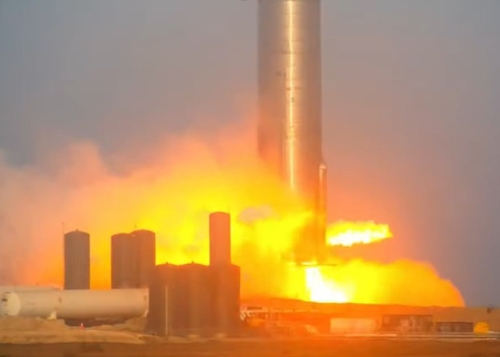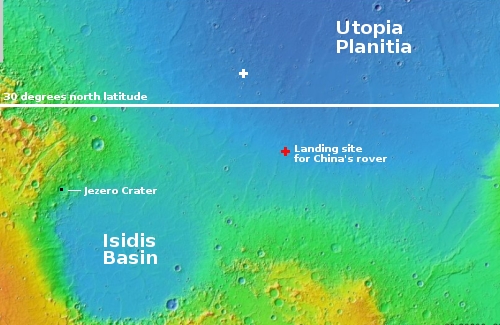Looking into one of Jupiter’s smaller cyclones
Cool image time! The photo to the right, cropped and reduced to post here, was taken by the Juno probe orbiting Jupiter and enhanced first by citizen scientist Kenneth Gill and then further enhanced by citizen scientist Navaneeth Krishnan.
Sadly all the link tells us about this storm is that it is in the northern hemisphere. Based upon the colors, my guess is that it located at the high latitude where Jupiter’s bands transition to the chaotic region of storms at the poles, as seen in this earlier wide image of the gas giant’s south pole.
No scale is provided, but an earlier image of other northern hemisphere storms suggests this storm would probably cover the state of Arizona.
Cool image time! The photo to the right, cropped and reduced to post here, was taken by the Juno probe orbiting Jupiter and enhanced first by citizen scientist Kenneth Gill and then further enhanced by citizen scientist Navaneeth Krishnan.
Sadly all the link tells us about this storm is that it is in the northern hemisphere. Based upon the colors, my guess is that it located at the high latitude where Jupiter’s bands transition to the chaotic region of storms at the poles, as seen in this earlier wide image of the gas giant’s south pole.
No scale is provided, but an earlier image of other northern hemisphere storms suggests this storm would probably cover the state of Arizona.







